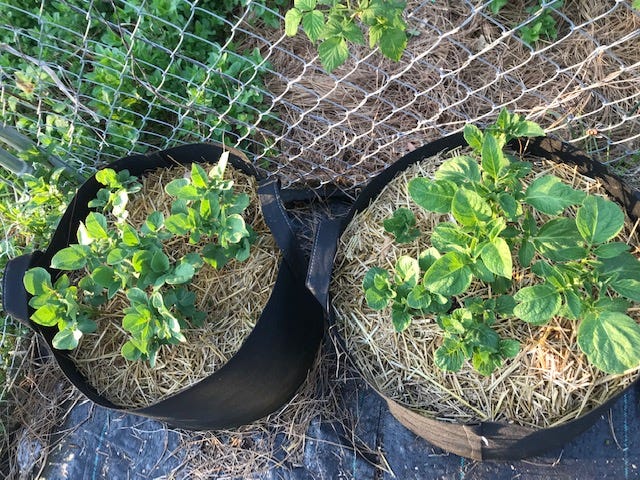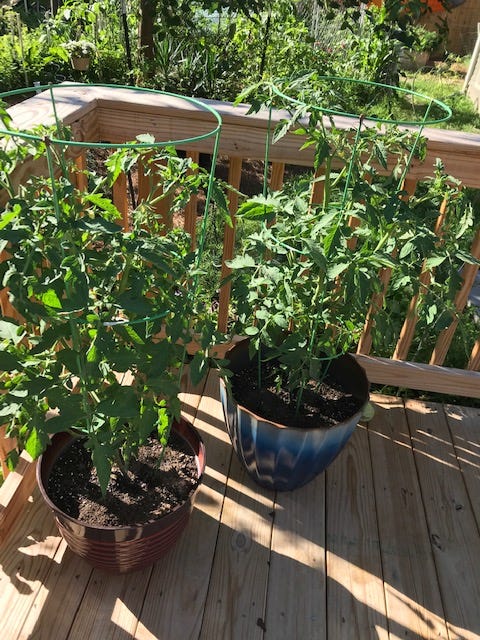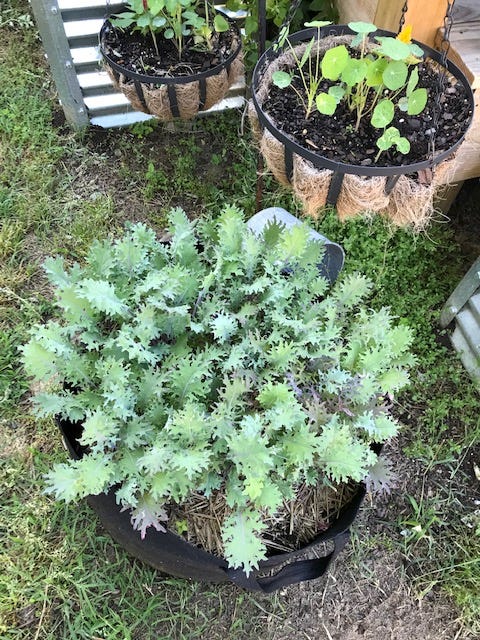Its getting harder and harder to trust how the food we consume is being grown or raised let alone having security in its availability and affordability. One way the consumer can completely trust the source of their food is to become more directly responsible for its production. Whether you have acres of land or as little as a small concrete patio, you can grow some of your own food.
The Environtmental Working Group (EWG) has issued their “Dirty Dozen” and “Clean 15” list for 2023. The absolute best way for everyone to control what their fresh food is sprayed with, genetically modified, or “vaccinated” is to grow their own. One thing I’ve noted on the Dirty Dozen list are half of the amount of vegetables and fruit on the list can be grown, propagated, and even seed saved in most home and even patio gardens. Of note, strawberries, some varieties of blueberries, spinach, kale, peppers, and bush green beans can be grown in containers for people who have limited space to grow in the ground or have physical limitations that make container growing a better choice.
Container Gardening Successes




Eating seasonally and learning some different methods of preservation lessen the demand for outsourcing your food during seasons that aren’t periods of abundant growth and harvesting, like over winter. If canning isn’t something you are interested in, consider getting a food dehydrator (sun ovens work well, too) and preserving some tomatoes using that method. Dehydrated tomatoes can be stored in airtight jars and rehydrated with water, added to soups or stews or ground into a powder. One of my favorite things to do with ground up dried tomatoes (a good quality electric spice grinder works well for this) is to add several Tablespoons to some olive oil, garlic and herbs and use this mixture as a pizza base in place of traditional sauce.
Bring Back the Victory Gardens
Smithsonian Gardens has a website dedicated to educating the public about Victory Gardens during World War II. You can check it out by clicking this link: Victory Garden. Here is a little excerpt:
Victory Gardens by the Numbers
Roughly one half of all American families had a victory garden during World War II.
There were at least 20 million victory gardens covering more than 20 million acres of American soil by 1943.
40% of the nation’s produce was supplied by victory gardens by 1944.
American families had grown approximately 8 million tons of food by the time the war ended in 1945.



